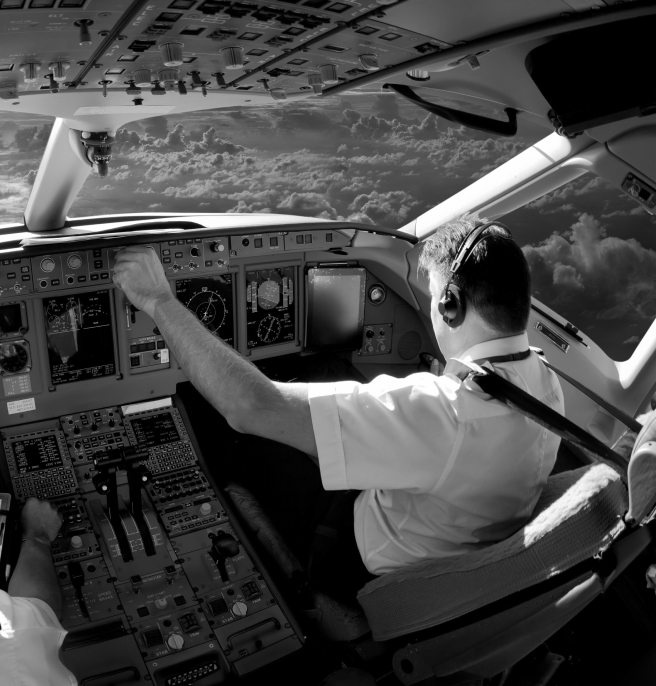
FAQs
Injury caused while in or near an airplane or aircraft equipment.
Aviation accidents refer to incidents involving aircraft, such as airplanes, helicopters, and other flying vehicles, that result in damage to the aircraft, injuries to passengers or crew members, or fatalities. These incidents can occur during various phases of flight, including takeoff, landing, and while the aircraft is in the air. Aviation accidents can vary in severity, from minor incidents with no injuries to catastrophic crashes with significant loss of life. Here are key points to understand about aviation accidents:
- Types of Aviation Accidents:
- Plane Crashes: These are the most severe type of aviation accidents and often involve the total loss of the aircraft and the loss of lives or serious injuries. Plane crashes can result from a variety of factors, including pilot error, mechanical failures, adverse weather conditions, or a combination of factors.
- Helicopter Accidents: Helicopters are also susceptible to accidents, which can occur during takeoff, landing, or while in flight. Helicopter accidents may involve private, commercial, or military helicopters.
- General Aviation Accidents: General aviation encompasses a wide range of smaller, non-commercial aircraft, including private planes and small business jets. Accidents involving these types of aircraft can occur due to pilot error, equipment failures, or other factors.
- Military Aircraft Accidents: Military aviation accidents can involve fighter jets, transport planes, and helicopters used by armed forces. These accidents can occur during training exercises, combat operations, or routine flights.
- Causes of Aviation Accidents: Aviation accidents can result from various factors, including:
- Pilot Error: Mistakes made by pilots, such as navigation errors, poor decision-making, or failure to respond to emergency situations correctly.
- Mechanical Failures: Malfunctions or failures of aircraft components, systems, or engines.
- Weather Conditions: Adverse weather, such as thunderstorms, turbulence, fog, or icing, can contribute to accidents.
- Maintenance Issues: Inadequate maintenance, repairs, or oversight of aircraft can lead to accidents.
- Sabotage or Terrorism: Intentional acts of sabotage or terrorism can result in aviation accidents.
- Investigation: After an aviation accident, a thorough investigation is conducted to determine the cause. This typically involves government agencies, such as the National Transportation Safety Board (NTSB) in the United States, and may also involve international organizations in the case of international flights.
- Safety Regulations: The aviation industry is highly regulated to ensure safety. National aviation authorities and international organizations establish and enforce safety standards and regulations for aircraft design, maintenance, operations, and pilot training.
- Legal Consequences: Aviation accidents can lead to legal actions, including lawsuits and insurance claims. Passengers, crew members, and the families of those affected may seek compensation for injuries or losses resulting from the accident.
- Prevention: The aviation industry continually strives to improve safety through technology advancements, pilot training, and improved safety procedures. Lessons learned from past accidents often lead to safety enhancements and changes in regulations.
Despite the rare occurrence of aviation accidents compared to other modes of transportation, they are taken very seriously due to their potential for catastrophic consequences. The aviation industry places a strong emphasis on safety to minimize the risk of accidents and to ensure the safety of passengers, crew members, and the public.
Being involved in an aviation accident can lead to several different parties being held liable. No matter the circumstance, you can trust our team of experts to handle your case with great care.



